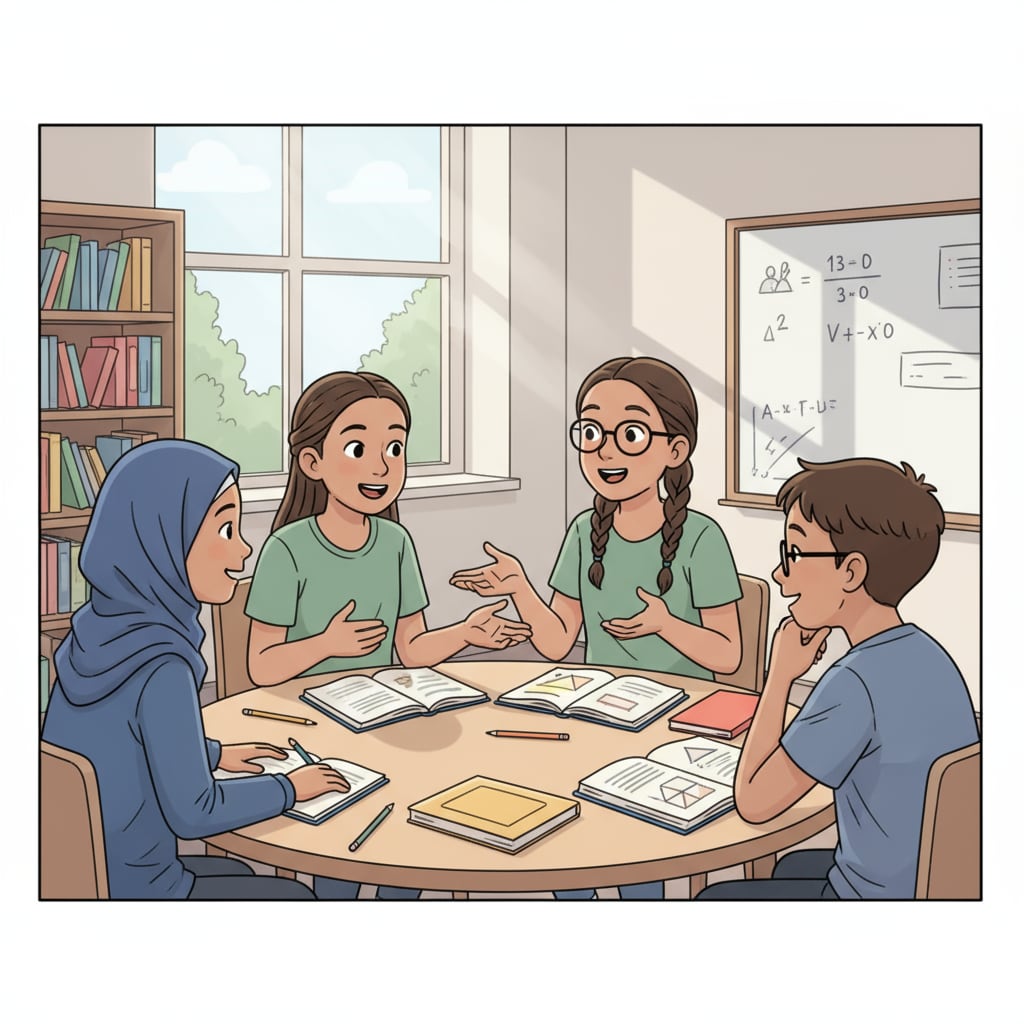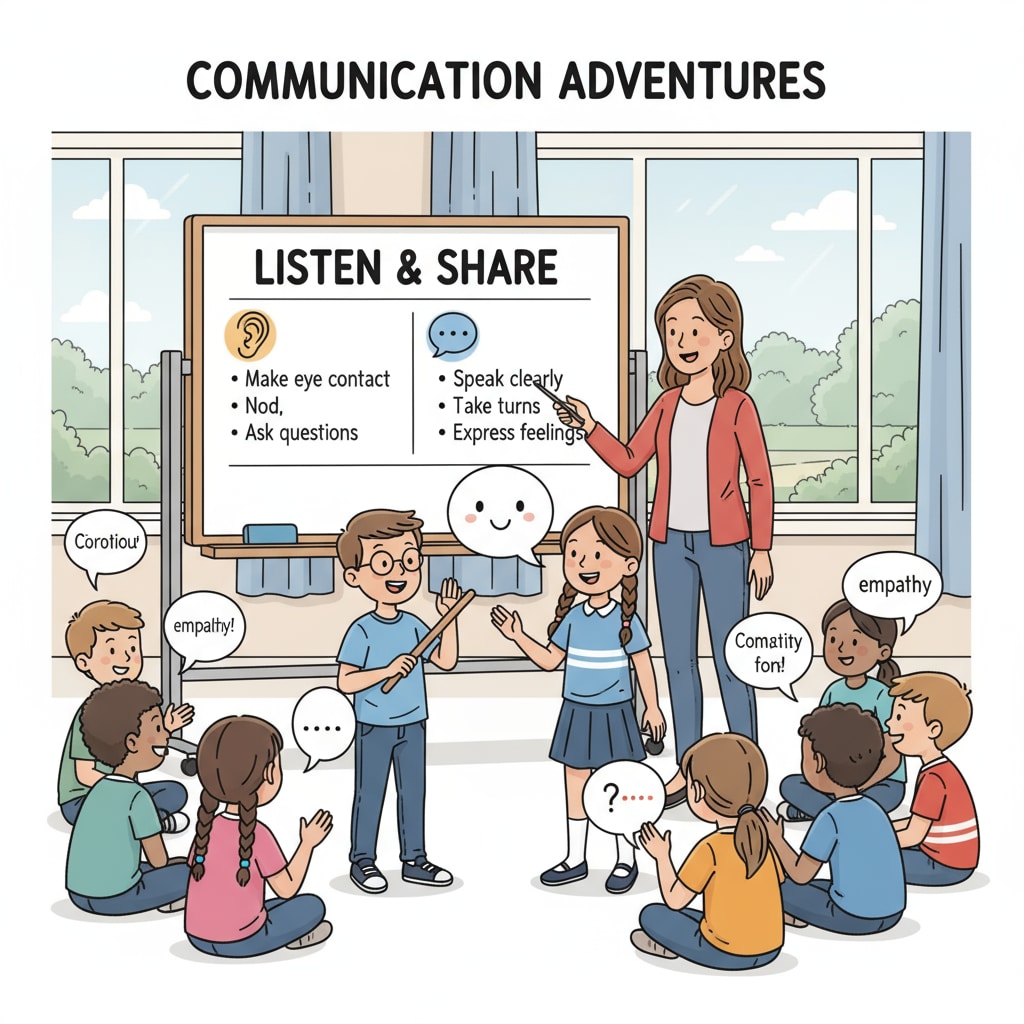Communication skills, active listening, and dialogue play a crucial role in the development of K12 students. In the realm of K12 education, communication is far more than simply talking. It’s a complex interplay of various elements that contribute to a student’s ability to interact effectively with others.

The Multi-Dimensional Nature of Communication Skills
Communication skills are multi-faceted. Firstly, empathy is a key component. Empathy allows students to understand and share the feelings of others. For example, when a classmate is upset, a student with empathy can recognize their emotions and offer appropriate support. According to Wikipedia’s entry on empathy, empathy helps build stronger relationships. Secondly, emotional intelligence enables students to manage their own emotions and understand the emotions of those around them. This is essential for maintaining harmonious interactions in the classroom and beyond.

The Significance of Active Listening
Active listening is a fundamental part of effective communication. When students actively listen, they not only hear the words being spoken but also understand the underlying message, emotions, and intentions. This involves giving full attention to the speaker, maintaining eye contact, and providing feedback. As stated on Britannica’s page on active listening, active listening helps in building trust and respect among peers. For instance, in a group project discussion, an actively listening student can better contribute to the team’s ideas and goals.
Another important aspect is dialogue. Engaging in meaningful dialogue encourages students to express their thoughts and ideas while also being open to different perspectives. It creates an environment where learning and growth can occur. Through dialogue, students can expand their knowledge and develop critical thinking skills.
Readability guidance: By understanding these different dimensions of communication, educators can design more effective teaching strategies. Using short paragraphs and lists, like we’ve done here, helps in clearly presenting key points. Each aspect of communication, such as empathy, emotional intelligence, active listening, and dialogue, has been explained in a straightforward manner. Transition words like “firstly”, “secondly”, and “for instance” have been used to make the flow of the text smooth.


